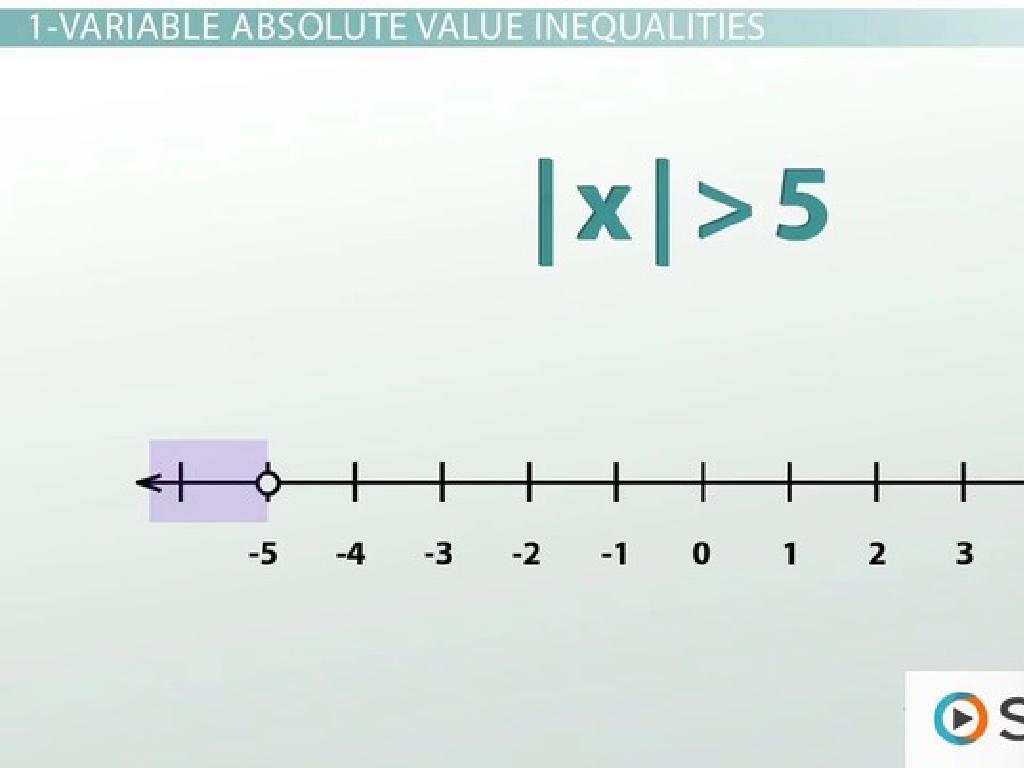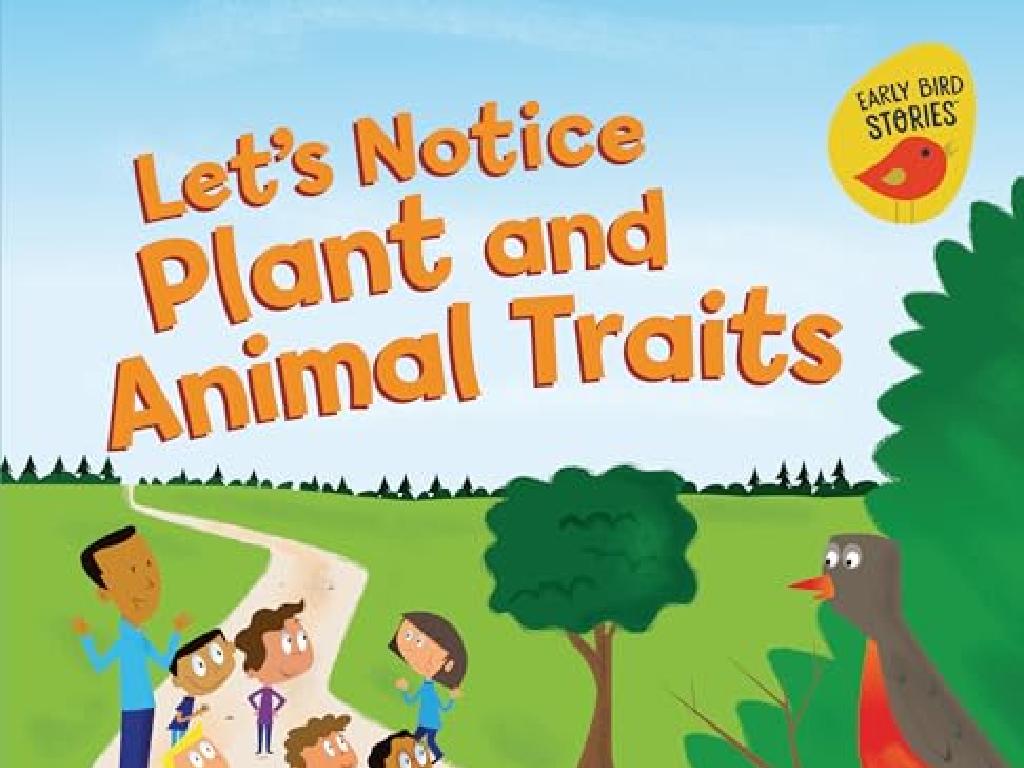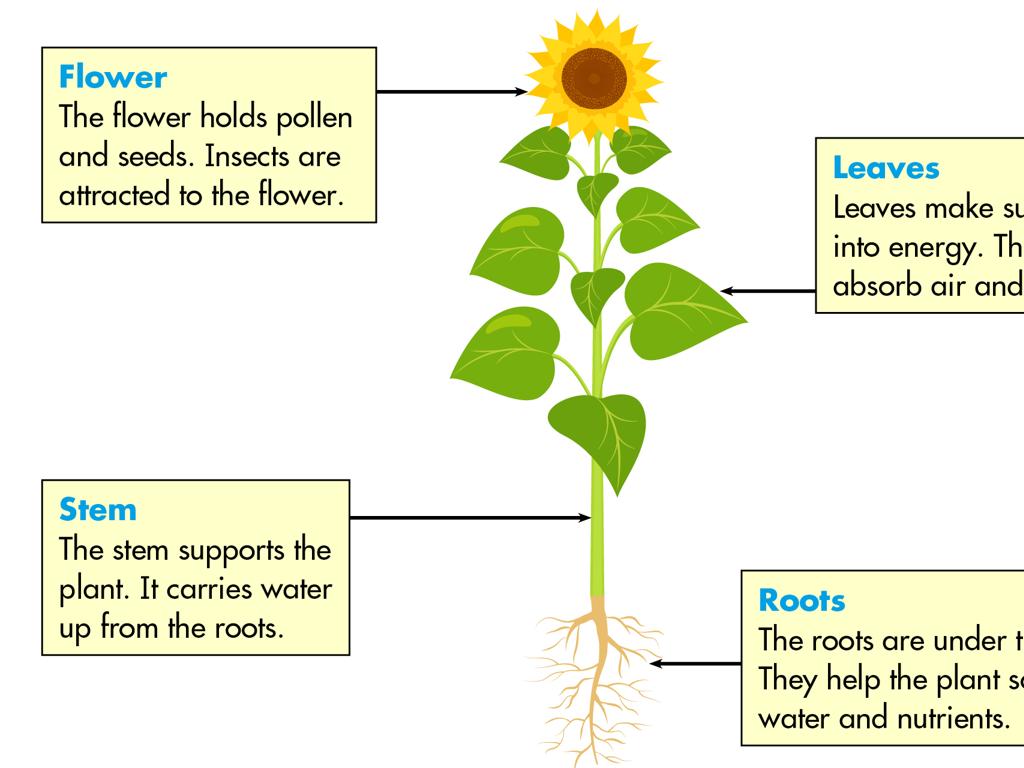Words With Sub-
Subject: Language arts
Grade: Seventh grade
Topic: Prefixes And Suffixes
Please LOG IN to download the presentation. Access is available to registered users only.
View More Content
Exploring the Prefix ‘sub-‘
– Prefixes and suffixes basics
– ‘sub-‘ means below or under
– ‘sub-‘ is added to the start of a word
– Examples: submarine, submerge
– ‘submarine’ (underwater vessel), ‘submerge’ (go under water)
– Practice with ‘sub-‘ words
– Find words with ‘sub-‘ and use them in sentences
|
This slide introduces students to the concept of prefixes and suffixes, focusing on the prefix ‘sub-‘. Begin by explaining that prefixes are added to the beginning of words to change their meaning, while suffixes are added to the end. Highlight that ‘sub-‘ typically means ‘below’ or ‘under’. Provide clear examples like ‘submarine’, which operates under the water, and ‘submerge’, which means to go below the surface of the water. Encourage students to think of other ‘sub-‘ words and use them in sentences, enhancing their understanding of the prefix and its application in language.
Exploring Prefixes: The Power of ‘sub-‘
– Define a prefix
– A prefix is a set of letters at the start of a word.
– Prefixes alter root words
– They modify the word’s meaning, often in a specific way.
– Examples: ‘un-‘, ‘re-‘, ‘pre-‘
– ‘un-‘ means not, ‘re-‘ means again, ‘pre-‘ means before.
– Focus on ‘sub-‘
– ‘sub-‘ means under or below, like submarine or submerge.
|
This slide introduces the concept of prefixes to students, focusing on how they change the meanings of root words. Start by defining a prefix and then discuss how adding different prefixes like ‘un-‘, ‘re-‘, and ‘pre-‘ can alter the meaning of the original word. Use ‘sub-‘ as the primary example for this lesson, explaining that it means ‘under’ or ‘below.’ Provide examples such as ‘submarine’ (a vessel that goes under the water) and ‘submerge’ (to put or go under water). Encourage students to think of other words with the ‘sub-‘ prefix and discuss as a class how the meaning changes.
Exploring the Prefix ‘sub-‘
– ‘sub-‘ means ‘under’ or ‘below’
– Think ‘submarine’ which travels under the water
– Also means ‘secondary’ or ‘less than’
– ‘Subpar’ means less than expected quality
– Examples: submarine, subpar
– Practice with class activities
– We’ll create sentences using ‘sub-‘ words
|
This slide introduces the prefix ‘sub-‘ and its meanings. Emphasize that ‘sub-‘ can denote a position beneath something else or indicate a lesser degree or secondary status. Provide clear examples like ‘submarine’, which operates below the water surface, and ‘subpar’, which signifies something below standard quality. Engage the class with activities where they can apply their understanding of ‘sub-‘ by creating sentences or finding more examples. This will help solidify their grasp of the prefix and its usage in different contexts.
Exploring ‘sub-‘ Prefixes
– ‘Submarine’: operates underwater
– ‘Submarine’ combines ‘sub-‘ (under) with ‘marine’ (sea)
– ‘Subway’: train system underground
– ‘Subway’ links ‘sub-‘ (under) with ‘way’ (path)
– ‘Subtitle’: text below movie screen
– ‘Subtitle’ merges ‘sub-‘ (under) with ‘title’ (words)
– Understanding ‘sub-‘ usage
|
This slide introduces students to the prefix ‘sub-‘ and its meaning of ‘under’ or ‘below’. By examining words like ‘submarine’, ‘subway’, and ‘subtitle’, students can see how ‘sub-‘ is used to form new words that relate to being underneath something. Encourage students to think of other words with the prefix ‘sub-‘ and discuss the meanings. This will help them understand how prefixes can alter the meaning of root words and enhance their vocabulary.
Exploring ‘sub-‘ Prefix in Sentences
– Craft sentences with ‘sub-‘ words
– Reflect on ‘sub-‘ meaning contribution
– ‘sub-‘ often means under or below, e.g., submarine (underwater vessel)
– Share your sentences in class
– Understand ‘sub-‘ usage context
– Recognize how ‘sub-‘ changes word meaning in different sentences
|
This slide is aimed at engaging students in an activity where they create their own sentences using words with the prefix ‘sub-‘. Encourage them to think critically about how the prefix alters the meaning of each word. For example, ‘submarine’ incorporates ‘sub-‘ to indicate something operating below the water’s surface. Students should be prompted to consider the meaning of ‘sub-‘ in various contexts and share their sentences with the class to foster a collaborative learning environment. This activity will help solidify their understanding of prefixes and their impact on word meaning.
Activity: Crafting Words with ‘sub-‘
– Pair up and brainstorm ‘sub-‘ words
– Define each ‘sub-‘ word you list
– Analyze ‘sub-‘ impact on meaning
– Does ‘sub-‘ make the meaning ‘under’ or ‘below’?
– Share your findings with the class
|
This activity encourages students to work collaboratively to expand their vocabulary with the prefix ‘sub-‘. They should think creatively and come up with as many words as possible that start with ‘sub-‘, such as ‘submarine’ or ‘subway’. Students will write down the definitions to understand each word better and discuss how the prefix ‘sub-‘ alters the meaning of the root word, typically implying ‘under’ or ‘below’. After the activity, ask pairs to share their most interesting words and findings with the class. This will help reinforce their understanding of prefixes and how they modify word meanings. For the teacher: Prepare a list of ‘sub-‘ words to prompt students if they get stuck and ensure they grasp the concept of prefixes.
Class Activity: ‘Sub-‘ Word Hunt
– Search for ‘sub-‘ prefix words
– Write down each word and its meaning
– Example: ‘submarine’ – a vessel that operates underwater
– Discuss the meanings together
– Understand how ‘sub-‘ changes a word
– ‘Sub-‘ often implies ‘under’ or ‘below’
|
This activity is designed to help students recognize and understand the use of the prefix ‘sub-‘ in words. Encourage students to skim through their textbooks to find words beginning with ‘sub-‘ and note them down with their meanings. This will help them see how ‘sub-‘ alters the meaning of a word to typically indicate ‘under’ or ‘below’. After the hunt, facilitate a class discussion where students share their findings, promoting peer learning. For the teacher: Prepare a list of ‘sub-‘ words to ensure that students who struggle can participate, and be ready to guide them through understanding the meanings of the words they find.
Wrapping Up: The Power of ‘sub-‘
– Review of ‘sub-‘ prefix
– Prefixes aid in understanding
– Recognizing ‘sub-‘ can unveil meanings of new words and expand vocabulary.
– Homework: Write a ‘sub-‘ story
– Include at least five words with the ‘sub-‘ prefix in your creative story.
– Share stories next class
– Be prepared to present your story to the class for discussion.
|
As we conclude today’s lesson, recap the definition and examples of the ‘sub-‘ prefix. Emphasize how understanding prefixes like ‘sub-‘ can help students decode and comprehend new words they encounter. For homework, students are tasked with writing a short story that incorporates at least five words starting with ‘sub-‘. This will help reinforce their understanding of the prefix and encourage creativity. In the next class, students will have the opportunity to share their stories, which will foster a collaborative learning environment and allow them to see the diverse ways ‘sub-‘ words can be used.




-a-solution-to-the-nonlinear-equation/nonlinear_graphs_examples.png)

